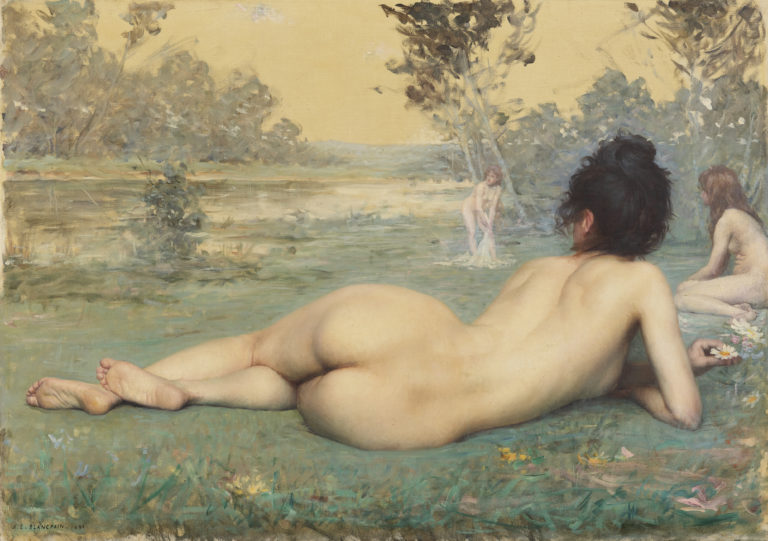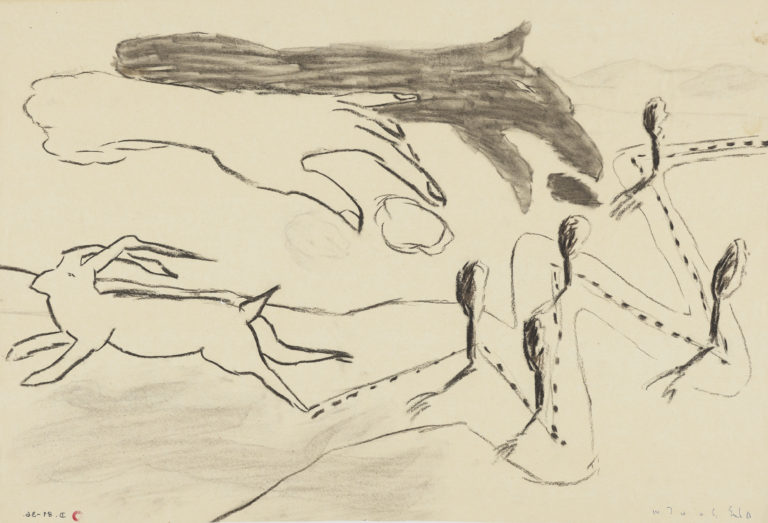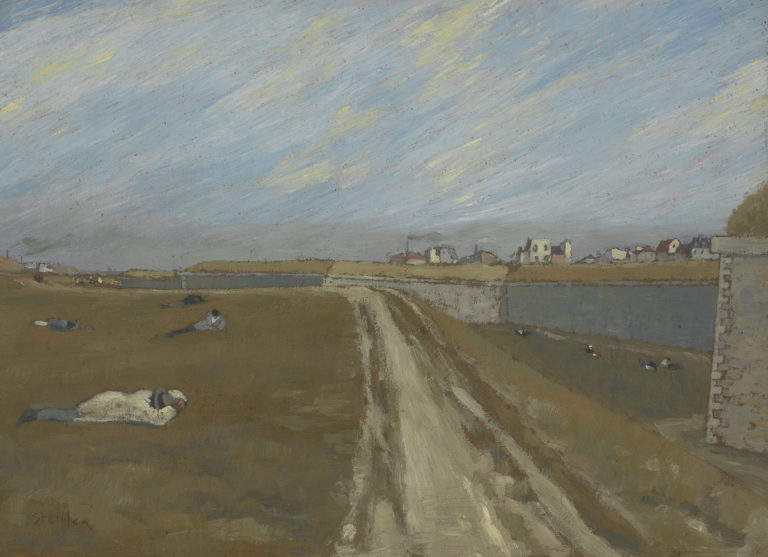Exposé actuellement
The CollectionBibliography
Peter Felder, ‘Im Schlepptau von Gotik und Manierismus,’ in Peter Felder, Luzerner Barockplastik, Luzern, Raeber, 2004: 12-26.
Laurent Golay, ‘La collection de sculptures médiévales d’Henri-Auguste Widmer,’ in Jörg Zutter et Catherine Lepdor (ed.), La collection du Dr Henri-Auguste Widmer au Musée cantonal des Beaux-Arts de Lausanne, exh. cat. Lausanne, Musée cantonal des Beaux-Arts, 1998: 113-121, n. 79.
Erika Billeter, in collaboration with Chantal Michetti-Prod’Hom and Verena Villiger, Sculptures du Musée cantonal des Beaux-Arts Lausanne, Lausanne, Musée cantonal des Beaux-Arts, 1990: 28-29.
![Inconnu [Suisse occidentale], Sainte Anne enseignant la Vierge (Saint Anne Teaching the Virgin to Read), c. 1550-1580](https://www.mcba.ch/wp-content/uploads/2020/05/215_INCONNU_num4000_nr-2304x3071.jpg)



Anne and Joachim, Mary’s parents, are not mentioned in the Bible but do appear in the Apocrypha. The cult of Saint Anne developed in the West during the period of the Crusades, when relics were brought back from the Orient, where she had been venerated since the sixth century. In the second half of the sixteenth century, this veneration was revived, particularly as a result of the Counter-Reformation. Anne meeting Joachim at the Golden Gate or teaching Mary Holy Scripture were among the scenes most frequently commissioned from painters and sculptors. The education of the Virgin continued to be illustrated by artists up to the nineteenth century, when it was used to promote the instruction of young women.
In this early-Baroque group in wood, used as a decorative attachment or as part of an altarpiece, Saint Anne is shown teaching Mary. The mother has a protective arm round her daughter and both are holding open the book, proffering it to the worshippers and encouraging them to read in turn. This is also an allusion to the intercessory role of the saints.
For all its numerous Late Gothic stylistic features, notably the rounded faces, the stiffness of the postures and the deep, dark folds of the drapery, this work does also herald the Baroque: the volumes are more substantial and the figures therefore more present, while here and there the drapery allows a glimpse of the body, even if this is still hidden by the abundant broken folds that reflect the light. We can also observe the timid beginnings of a dialogue between the bodies and their clothing.
This piece, which is exceptional in that it has kept much of its original polychrome, was one of the highlights of the ensemble put together by Henri-Auguste Widmer in the early twentieth century. This doctor from Lausanne owned one of the very few private collections of medieval sculpture in French-speaking Switzerland.